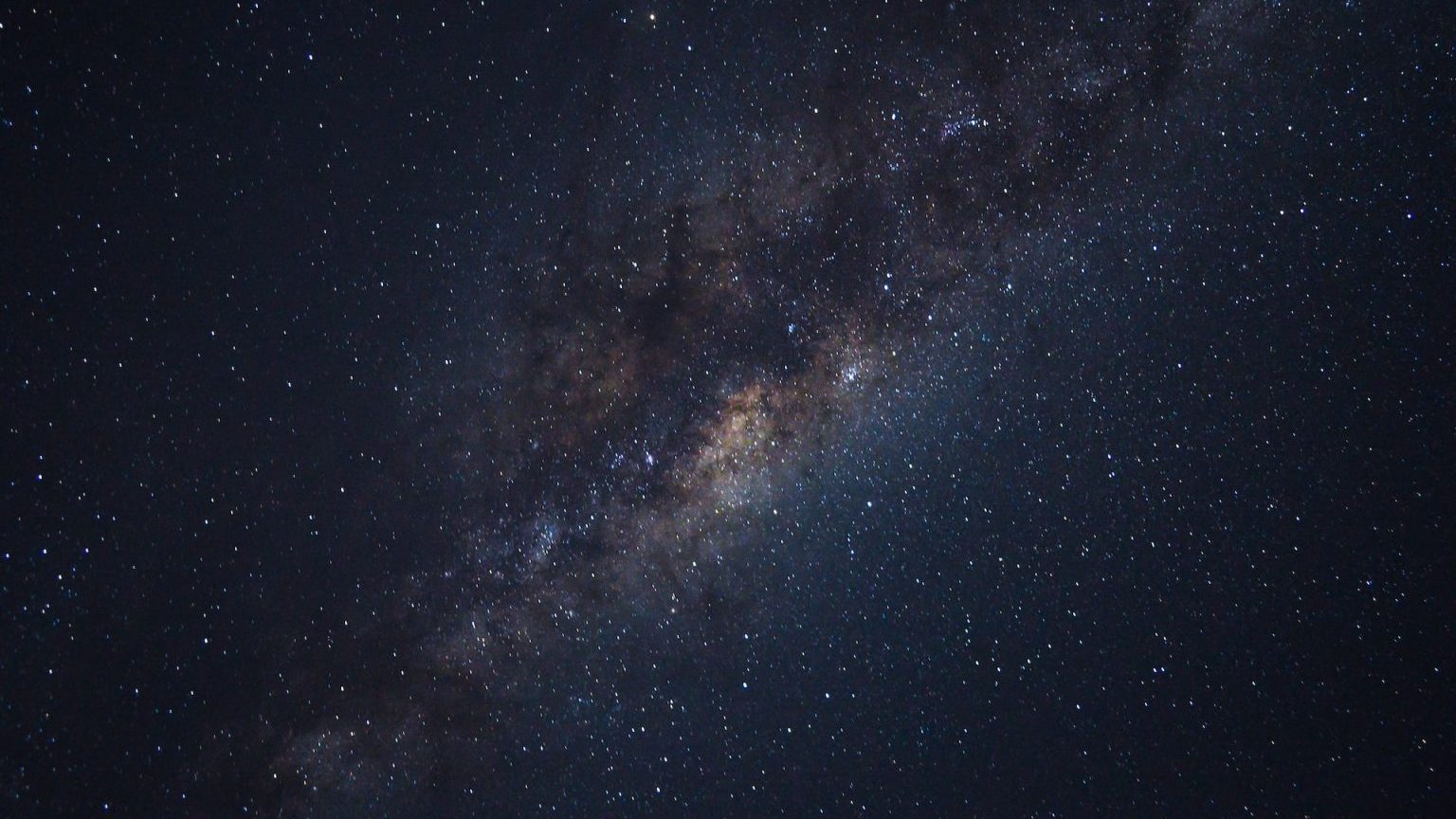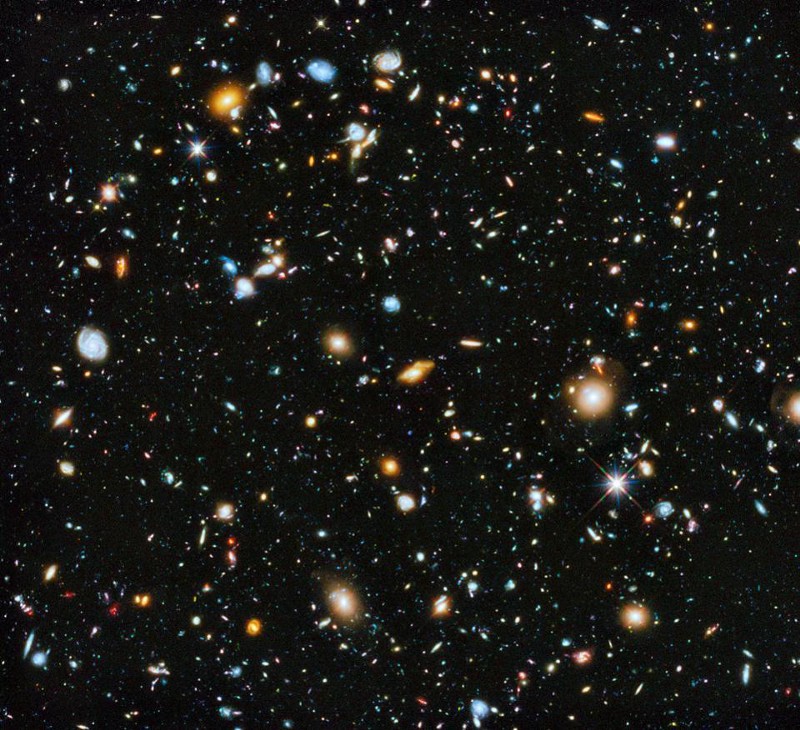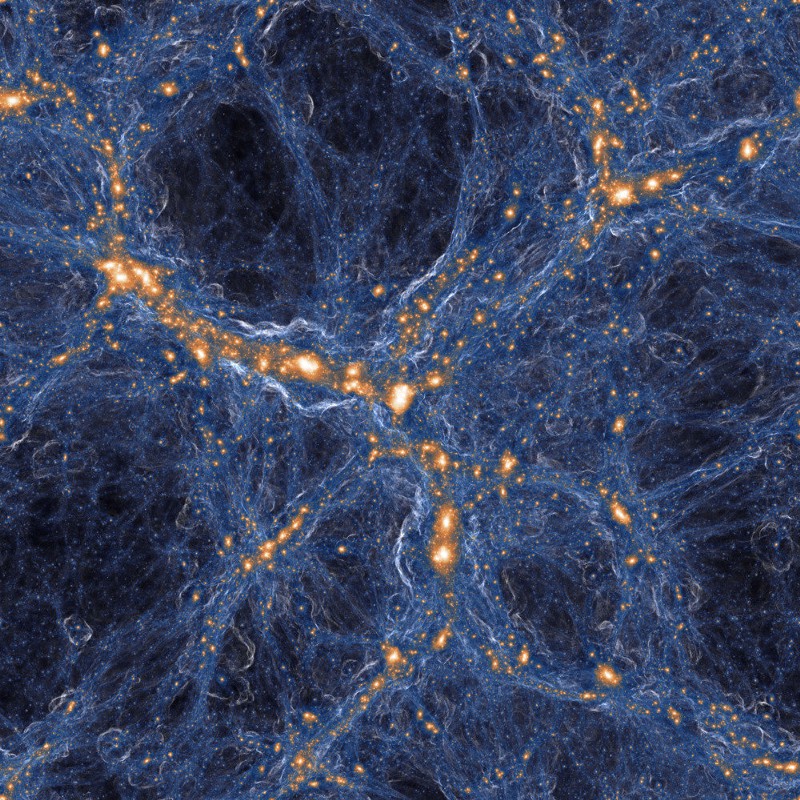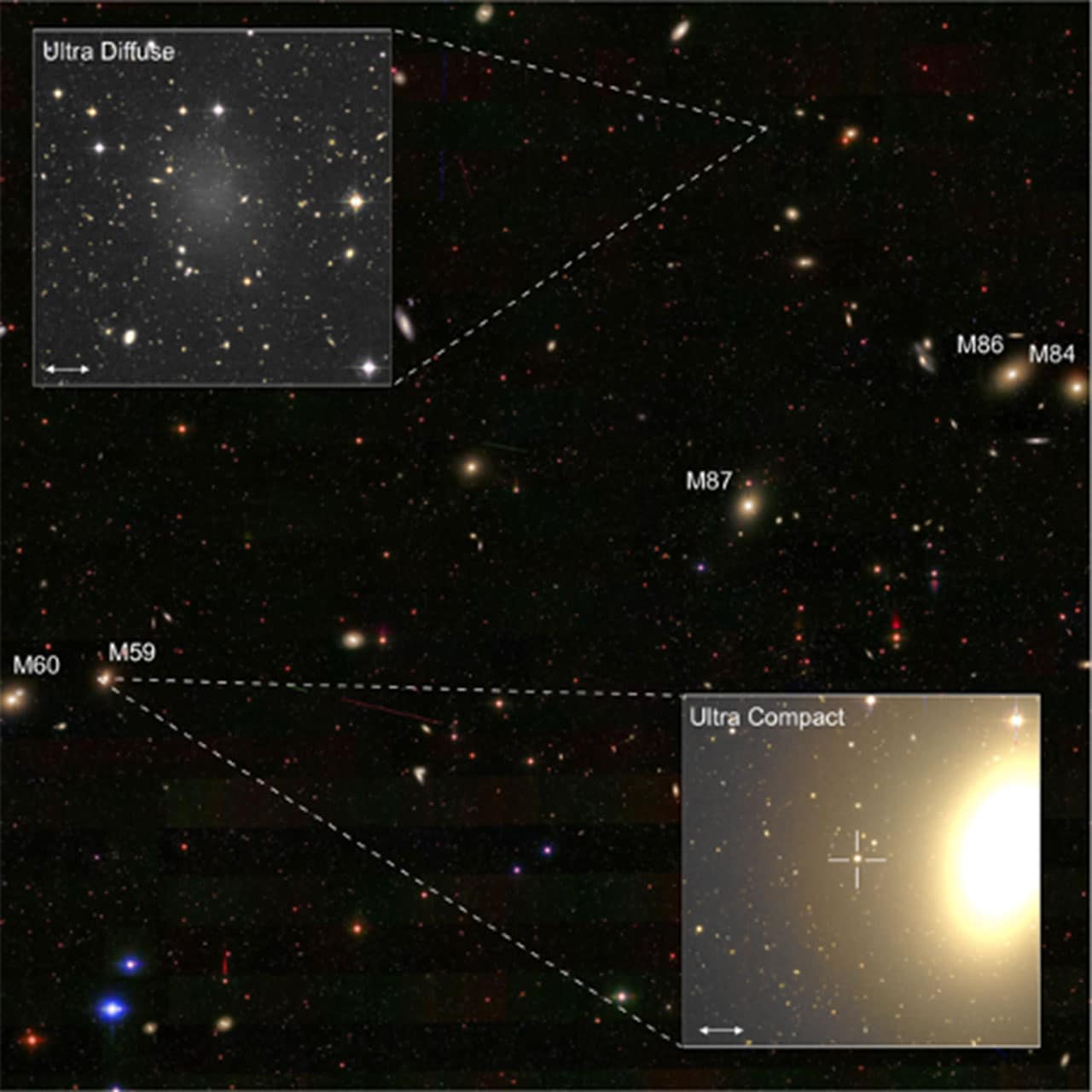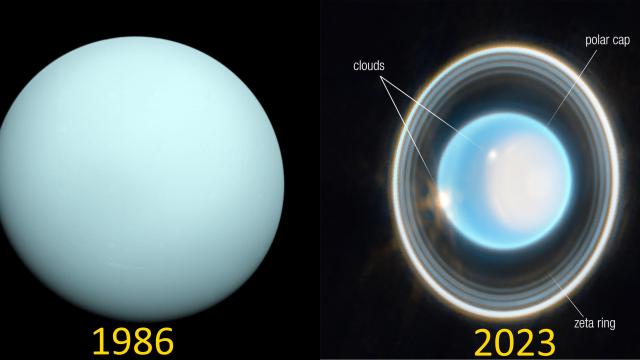Stars’ strange orbits may offer clues on dark matter

- A recent study investigated the orbital times of stars near black holes, potentially shedding light on the long-standing debate over the existence of dark matter.
- In some cases, the reduction in orbital time was much larger than expected, which could be explained by the presence of dark matter surrounding the black hole.
- However, other explanations exist, and further research is needed to confirm these findings and their implications for our understanding of dark matter.
Observations of celestial bodies occasionally defy scientists’ current understanding of physics, fueling an ongoing debate that a recent study published in The Astrophysical Journal Letters, which examined small stars closely orbiting much heavier black holes, may help resolve. The crucial question is whether most of the matter in the Universe remains undetectable or whether our grasp of the rules governing gravity and celestial motion is incomplete. These opposing explanations persist, as the scientific community cannot prove with 100% certainty which is true.
But between these explanations, there is a clear favorite. According to scientists’ best understanding of the makeup of the cosmos, we live in a very dark Universe in which an unseen form of matter, called dark matter, is five times more prevalent than the matter that makes up all the visible stars and galaxies.
There are many lines of indirect evidence that support the dark matter hypothesis, from galaxies that rotate too fast to be explained by the accepted laws of gravity and motion, to the distorted shape of very distant galaxies as seen in our telescopes. Using Einstein’s theory of general relativity, astronomers can use those distortions to map out the amount of matter between those distant galaxies and Earth, and there appears to be more matter than we can see. It appears that there’s a lot of this dark matter — matter that neither emits nor absorbs any form of electromagnetic radiation: visible light, radio waves, x-rays, etc.
While the evidence for the existence of dark matter is quite strong, it’s also circumstantial. After all, by definition, we can’t see it. Instead, all we can do is see dark matter’s gravitational effects on ordinary matter. While the astronomy community favors the dark matter hypothesis, it’s also possible to explain some of these observations by modifying equations that govern both motion and gravity. Thus, researchers still struggle to find observations that definitively favor one of these two explanations.
Currently, the strongest evidence supporting dark matter includes observations of the collisions of clusters of galaxies (the most famous of which is called the Bullet Cluster) and observations of galaxies that seem to rotate in complete agreement with the accepted laws of physics (called galaxies DF-2 and DF-4). Ironically, the existence of galaxies whose behavior can be explained without any dark matter is strong evidence that dark matter exists. After all, if the explanation for the observed mysteries involves changes in the laws of physics, that should apply everywhere. But certain regions of space may not have dark matter.
Detecting dark matter
The new analysis, however, explores a third potential avenue for detecting dark matter. It studies the orbital times of stars in the vicinity of black holes. According to Einstein’s theory of general relativity, which is the generally accepted theory of gravity, when two celestial bodies are near one another and orbit very rapidly, they lose energy due to what is called gravitational radiation. As the objects lose energy, they move closer together. The net effect is that the time it takes to complete an orbit decreases over the years. Gravitational energy was unambiguously observed in 2015 and is now a well-accepted fact.
Now, in star systems studied in this recent investigation, the shortening in the orbit time is predicted to be small, as little as a reduction in orbital time of 0.02 milliseconds per year. However, in two of the separate star systems presented in the analysis, astronomers measure a much larger effect, in one case about 30 times greater and in the other nearly 100 times greater.
So, what could be the cause? One possible explanation is that the black hole is surrounded by a cloud of dark matter, through which the orbiting star passes. As the star passes through the dark matter, gravitational forces “stir up” the dark matter, which can transfer energy from the star to the dark matter. The result is that the orbit of the star shrinks and the time it takes to make an orbit gets smaller. When the authors of the study assumed that a cloud of dark matter surrounded the black hole and then calculated its effect on the orbital period of the star, the result was in reasonable agreement with the measurements.
Does this mean that researchers have a smoking gun that resolves the debate once and for all? Does this prove that dark matter exists?
Well, no. The authors acknowledge other possible explanations for the unexpectedly large reduction in the star’s orbital periods. One is that the stars have a strong magnetic field, which interacts with gas in the star’s vicinity. This would exert a larger-than-expected braking force. Another possibility is that a disk of matter that orbits along with the star could also be the cause of the slowing orbit. However, both of these explanations predict other consequences, which haven’t been observed.
Thus, one must be cautious. The study is an interesting and provocative one which, if confirmed by other researchers, has the potential to shed light on the nature and distribution of dark matter in the vicinity of black holes. However, the result is still new, and the wisest course of action is to wait to see the result of future research.

